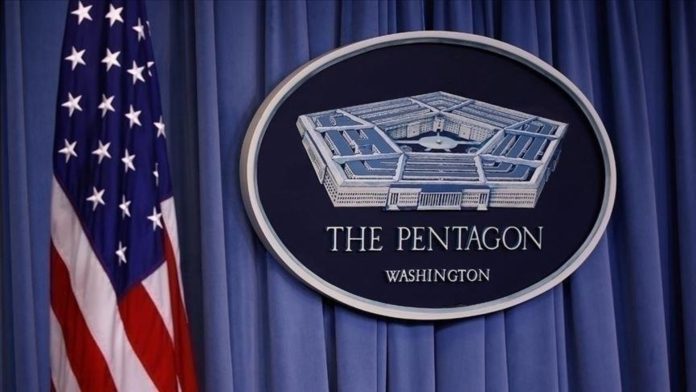The US Department of Defense in partnership with the National Nuclear Security Department has started modernizing its nuclear arsenal and reviewing the restraint strategy. This solution is due to the growth of nuclear threats from several states, including China and Russia, which actively expand and improve their nuclear forces.
Richard Johnson, Deputy Pentagon Assistant Pentagon Assistant Pentagon, said:
"We remain confident in the current American forces and the doctrine. But if you need nuclear forces adjustment, we must be ready for quick action."
As part of these changes, the United States is already working on the modernization of the B61-13 nuclear bomb, which is the basis of a strategic nuclear arsenal since the end of the Cold War, as well as increase the readiness of nuclear submarines of Ohio.
The report submitted to Congress describes a new strategy for the use of nuclear weapons. The document takes into account changes in the global security environment including:
- Simultaneous restraint of several nuclear opponents.
- Combining nuclear and non -nuclear opportunities to ensure the effectiveness of restraint.
- Deepening consultations with allies and partners to enhance the coordination of actions.
Johnson also stressed that the absence of nuclear weapons control agreements after February next year may increase instability.
The US considers the possibility of sharing nuclear strikes as needed, but emphasize the need to store part of the arsenal to further restrain the opponents.


